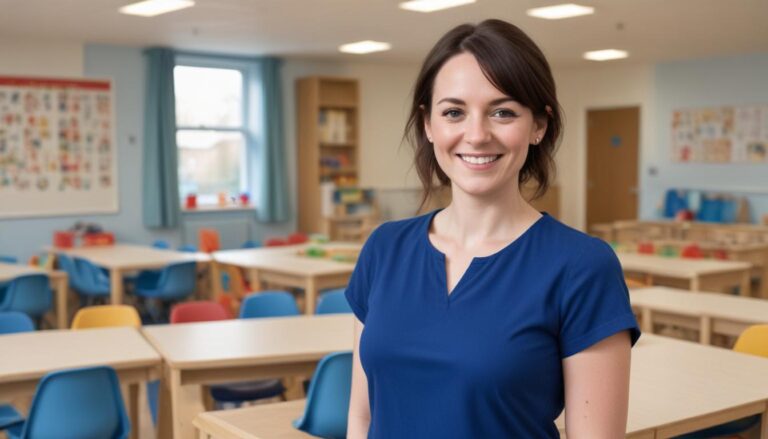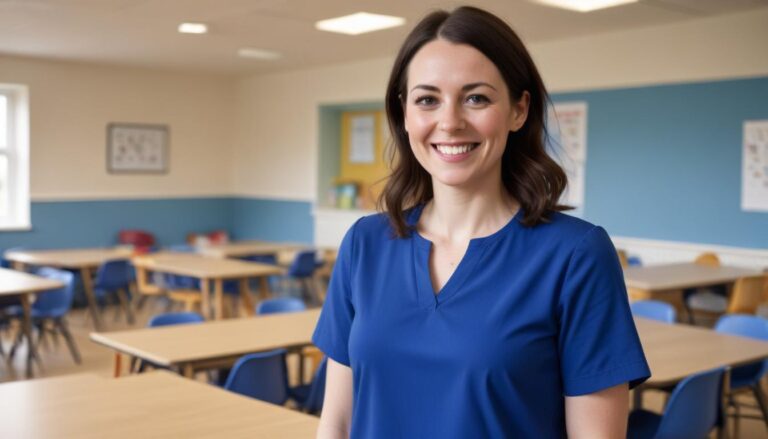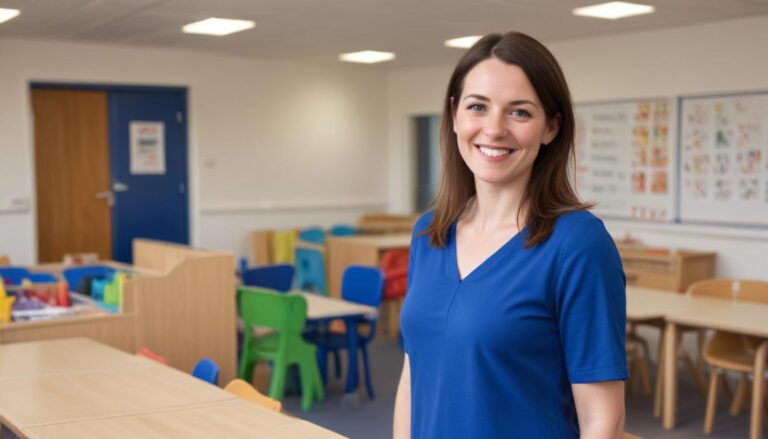This guide will help you answer 2.1. Describe how to make a musical activity or musical game for young children.
Creating a musical activity or game for young children involves thoughtful planning and understanding of the child’s developmental stage. Young children engage with music in a way that is playful and exploratory. Music not only entertains but aids in development by fostering skills such as listening, coordination, and social interaction.
Developmental Stages
Before creating a musical activity, it’s important to understand different developmental stages. Children aged 0-2 years experience music as a sensory activity. They respond to rhythm and melody by moving their bodies. Toddlers (ages 2-4) tend to explore sound through simple instruments and vocalisations. By ages 4-6, children often enjoy singing along, clap games, and begin understanding musical concepts like pitch and tempo.
Materials Needed
Gathering appropriate materials ensures a successful activity. Consider the following materials:
- Instruments: Simple and safe instruments like tambourines, shakers, small drums, and xylophones.
- Props: Scarves, ribbons, or bean bags for movement activities.
- Music Player: A device to play music—this could be a simple speaker connected to a phone.
- Recording Device: A simple recorder to capture the music the children create.
Creating a Safe Environment
Safety is paramount. Check all instruments and props are child-safe. Ensure no small parts can be swallowed and materials are durable. Choose a spacious area free of obstacles to allow free movement without any risks.
Planning the Activity
Thoughtful planning makes the activity engaging:
- Setting the Objective: Decide what you want the children to learn—this could be recognising sound patterns, making music collaboratively, or just joy in music-making.
- Activity Structure: Use a clear beginning, middle, and end. Start with a warm-up song to get them engaged, move to the main activity, and end with a calm song to cool down.
- Select Songs or Tunes: Songs should be age-appropriate. Familiar, repetitive songs encourage participation, like “Twinkle, Twinkle, Little Star”.
- Incorporate Movement: Guide the children to move with the music, using props like scarves to encourage expression and coordination.
Game Ideas
- Musical Statues: Play music and have the children dance freely. Stop the music suddenly, and the children must freeze in place. This helps with listening and control skills.
- Sound Match: Create pairs of shakers with matching sounds. The children then shake them and find their matching pair. This sharpens listening skills and sound differentiation.
- Follow the Leader: One child plays the role of the conductor, choosing instruments or movements. The rest follow, developing leadership and cooperation skills.
Active Participation
Encourage every child to participate, respecting each child’s comfort level. Some may need encouragement, while others might need reminders to give others a turn. Participation can enhance social skills and boost confidence.
Adapting for Various Learning Styles
Understanding that children learn in different ways is vital:
- Visual Learners: Use colourful props and illustrated music sheets.
- Auditory Learners: Focus on varied sounds and musical storytelling.
- Kinaesthetic Learners: Emphasise movement and the physical making of music.
Assessing the Outcome
After the activity, reflect on how it went by observing the children. Were they engaged? Did they participate actively? Consider what they learnt. Reflecting aids in improving future activities.
Feedback
Gather feedback from children where appropriate. Simple questions like “Did you enjoy the drums?” help gauge their preference. For younger ones, note expressions and excitement during particular activities.
Encouraging Creativity
Foster creativity by allowing children to explore different instruments and sounds freely. An open-ended activity where children compose their own rhythm or song gives them a sense of ownership.
Benefits of Musical Activities
Musical games are more than just fun. They play crucial roles in:
- Language Development: Singing encourages vocabulary growth and improves pronunciation.
- Math Skills: Understanding rhythm and patterns lays foundations for mathematical concepts.
- Social Skills: Group activities teach children listening, sharing, and co-operation.
Including Children with Additional Needs
Be inclusive by adapting activities for children with additional needs. Use larger instruments for those with motor difficulties or headphones for those sensitive to loud sounds.
Promoting Continuous Play
Encourage children to continue exploring music at home. Share simple activities or songs with parents. This enhances learning by reinforcing activities outside the learning environment.
Final Thoughts
Creating a musical activity for young children involves planning, safety, and understanding of child development. Through music, children express creativity and develop essential skills. Engage them joyfully, and let their musical journey be an enriching experience. Enjoy bringing music into the lives of young learners, fostering an environment of fun and discovery.
Subscribe to Newsletter
Get the latest news and updates from Care Learning and be first to know about our free courses when they launch.





